Real World Learning About Sustainability
Key Points
-
It’s important that we find opportunities for our students to engage in meaningful and authentic learning experiences.
-
There are many options for us to do this through methods such as genius hour, project-based learning or problem-based learning which give students the chance to drive their learning through the power of choice.
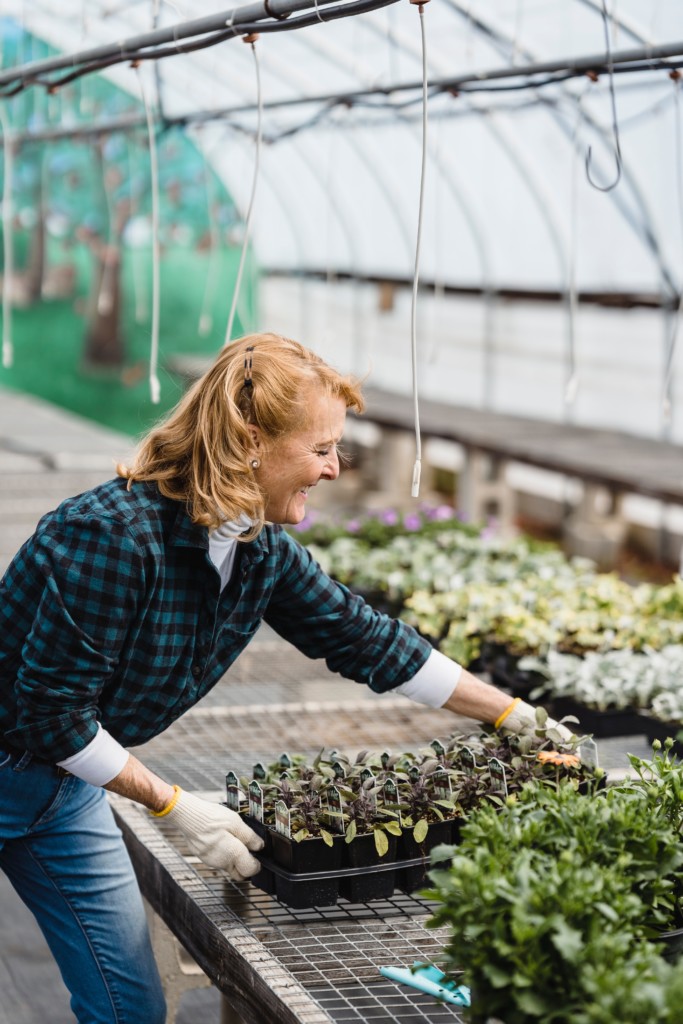
It’s important that we find opportunities for our students to engage in meaningful and authentic learning experiences. There are many options for us to do this through methods such as genius hour, project-based learning or problem-based learning which give students the chance to drive their learning through the power of choice. With these methods, we promote more independence and student choice in learning while also boosting student engagement as students explore and learn about topics of interest or something that sparks curiosity.
A few years ago we started with project-based learning (PBL) in my Spanish classes and part of our focus was on the United Nations Sustainable Development Goals. (SDGs) which are 17 goals set forth in 2015 with hopes to meet these goals by 2030. Some of the goals focus on helping to reverse damage done by climate change, work toward the elimination of poverty, facilitate the creation of healthy waterways, develop sustainable cities and communities, to name a few. With the SDGs as a focus, students can engage in meaningful real-world projects where they learn to identify a global problem and act locally.
The importance of giving students opportunities like this is to help them understand how they can effect change in the world that will benefit them and others in the future. I spoke with Steve Sostak, educator and founder of Inspire Citizens about the importance of bringing this type of learning into our classrooms. Steve said: “Education for sustainable development and global citizenship enables learners to build the future-focused cognitive skills and dispositions that shape a healthier self, society, and planet. When we take this transformative learning and combine it with imagining our schools as local community centers, students can purposefully apply interdisciplinary learning to co-create a wiser and more compassionate world together.”
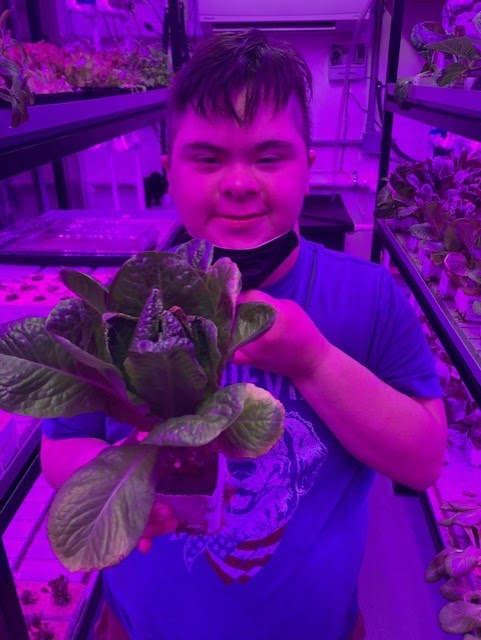
When students truly care about an issue, make decisions about their learning path and reflect on that learning, they develop empathy and it also fosters the development of social-emotional learning (SEL) skills. As students build social awareness by connecting with community members and learning about challenges that impact the people and the world around them, they better understand the world they live in and the importance of working together to help others. As students design and work through their own projects, it helps them to develop SEL skills of self-awareness and self-management. Our students need to have an understanding of the world around them beyond their community and by connecting them with meaningful opportunities to make an impact, it will amplify their learning potential and prepare them for whatever the future holds.
Focusing on the SDGs is a way to help students and educators problem solve, communicate, and collaborate about ways that they can implement a project or take action for the world. Every teacher in any grade level or content area can find a way to bring learning about the SDGs into the classroom for the students. In my experience using project-based learning with my Spanish classes, looking at challenges faced in Spanish-speaking countries and finding those same challenges or similar challenges locally, made a tremendous impact on students. The phrase “Think global, act local” has become quite familiar around the world. When we look at these global issues it helps us to become more aware of the issues being faced by members of our own local community and take action.
We have the means between the technology available to us to do the research to explore ideas and to communicate with one another to bring in these real-world, purposeful learning experiences for our students.. Since we are helping to prepare students for the future, it makes sense that we prepare them to face challenges that exist in the world and come up with solutions for them. To find alternate ways of providing food to avoiding poverty to having sustainable cities for example.
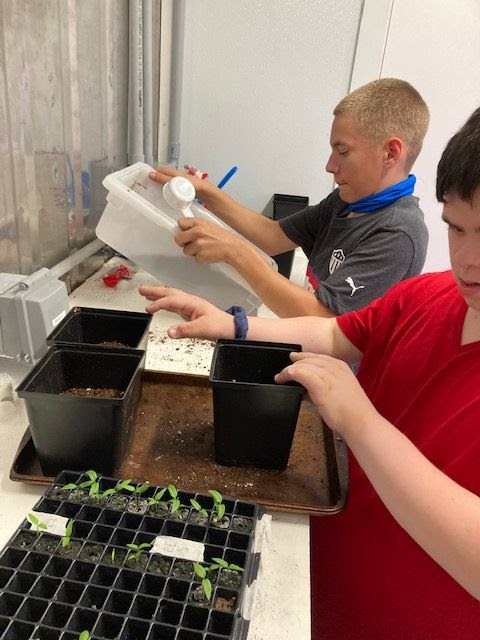
Real-world learning in my school
At the start of this school year, my school, Riverview Junior-Senior High School in Oakmont, PA became involved in something that has been a truly meaningful learning experience that will benefit the community and offer authentic learning for students. A few years ago, we had a small hydroponics unit inside a classroom that students worked with. In 2019, the school applied for and received a grant to install a full hydroponic grow pod system outside of the school. One of our teachers, Mr. Michael MacConnell with the help of several students, works in the pod each day and takes care of the plants, cleaning and maintaining the pod.
With experiences such as these, students learn about sustainability through hands-on work. They learn about science and how what they are doing can impact their community and even the world. They are continuing to build on it and they have plans to grow a few thousand plants each month and potentially partner with a local food bank to donate produce. During this process students are learning about real world application of food production, working together on how to solve problems such as lack of food. Students are developing skills of collaboration, problem-solving, time management, critical thinking and engaging in something that is truly unique and more personalized to them. Principal Eric Hewitt is impressed by the work that students are doing. He adds “Work around sustainability is important to our society in general. Getting experience as a high school student puts young people in a great position to move into these careers.
Impact on learning
Educators may wonder why it is important to get kids involved in SDG projects and what the benefits are. MacConnell says that he “finds it very important that students learn about the food supply system. What they think is local and fresh can be from a different state or even country and has created so many greenhouse gasses to get to where it was located.” Looking at learning about the SDGS, MacConnell believes that the “sustainability goals set forth by the UN are a great guide for teachers to teach globalism.” He asks himself “What can I show my students that can make an impact on the world? It’s the small practices they can do in their everyday lives that will drive consumer spending and ultimately company practices.”
Principal Hewitt adds “When you work on a project in the classroom, you rarely get to see how that work is connected to anything else. The Grow-pod project allows students to see a bigger picture. They are not just growing plants but making connections to ensure that the food is being used—connecting with food service and seeing the fruits of their labor being served in our own cafeteria. That experience expands their vision and helps them see how their work fits in the larger scale of a system.”
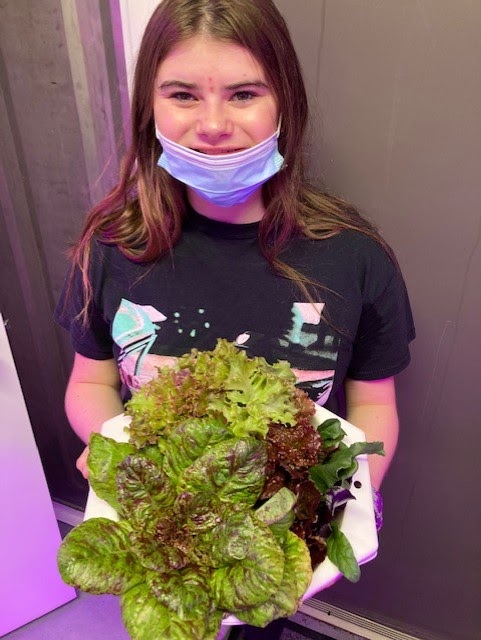
So what do students think?
Jacob Bennett, a ninth-grader – “I like working in the pod because I like planting. I like to get my hands dirty”
Caden Smith, an eighth-grader– “I love being in the unit as much as I can. I like working with my hands and am learning so much.”
Wendy Derry (Aide) – “The impact I see is when the students watch the seeds sprout, grow larger, care for the plant’s needs, and then harvest it for the school to use in the cafeteria. The whole process is engaging, exciting, and educational for our students.”
Resources to learn more
MacConnell has some suggestions for schools looking to get started with a similar program. He says “We were excited to get a big project like this funded and implemented. Money is out there to help with sustainable spaces/practices. I think it’s important to start small…this year the ecology club and I will be starting a recycling program for the school that will eventually lead to composting and less waste.”
Sostak shared that for educators beginning to take first steps into understanding and using the SDGs, he highly recommends these resources: Flourish Project: SDGs for the Early Years, the Good Life Goals Pack of Actions and the Inspire Citizens Design Sprint which is an excellent tool to explore in designing learning experiences that embed concepts related to sustainability.
We can help students to look at some of the challenges that are faced in the world today and think about how they can be part of the solution. When we empower students to explore solutions, to think critically, to collaborate, and to engage in learning in which they can apply skills they’re learning from different classes, it promotes authentic, real-world experiences that will best prepare them for the future. It shows that we are all in this together.
Related Articles
United Nations Sustainable Development Goals Could Be Our Standards
Think Global Act Local: How to Embed SDGs in Your School and Community
Green School Infuses Nature-based Learning for Sustainable Education




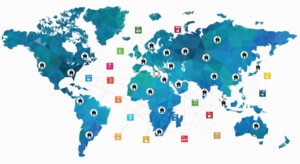
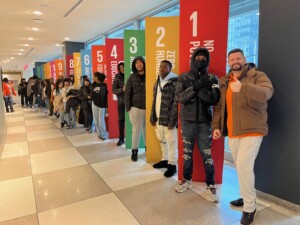
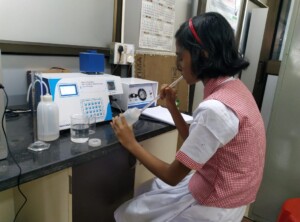
0 Comments
Leave a Comment
Your email address will not be published. All fields are required.